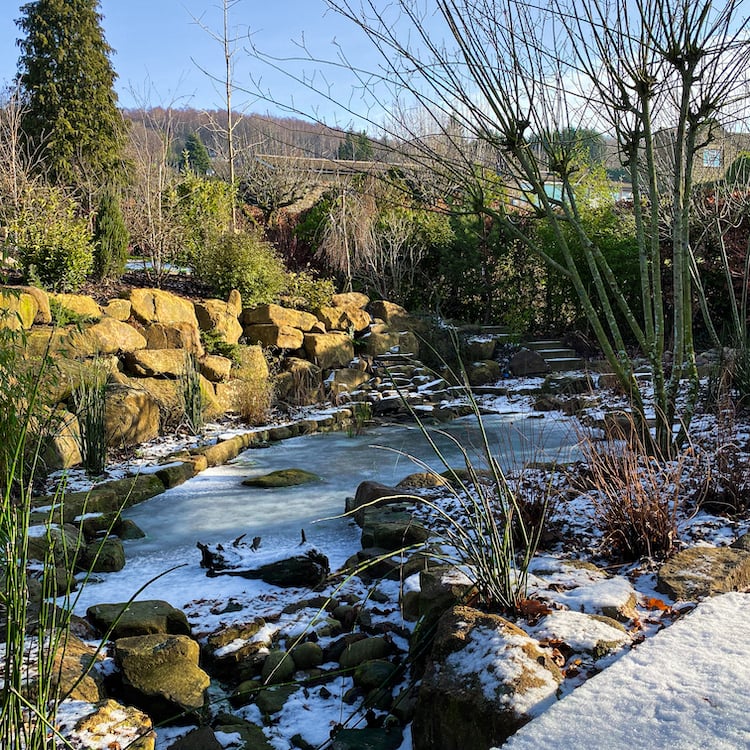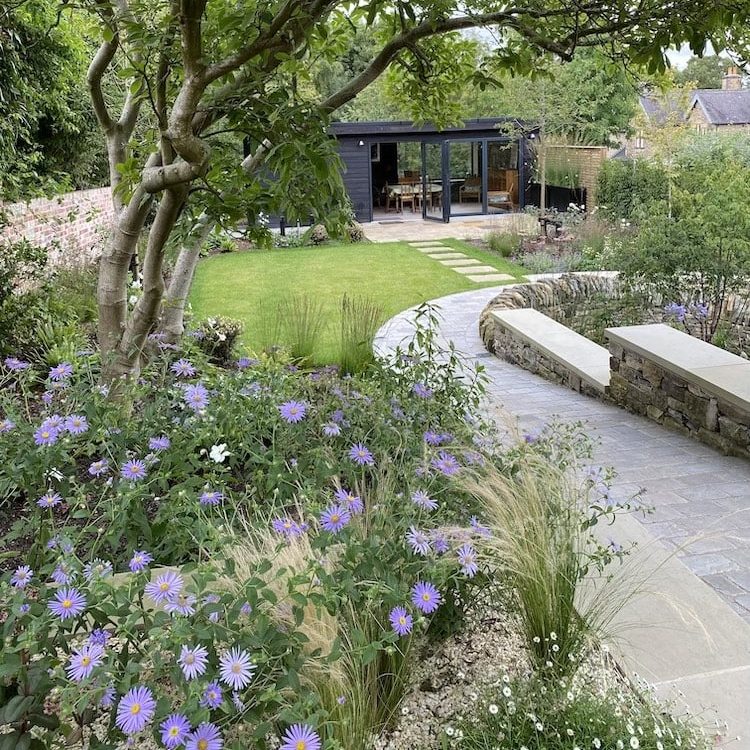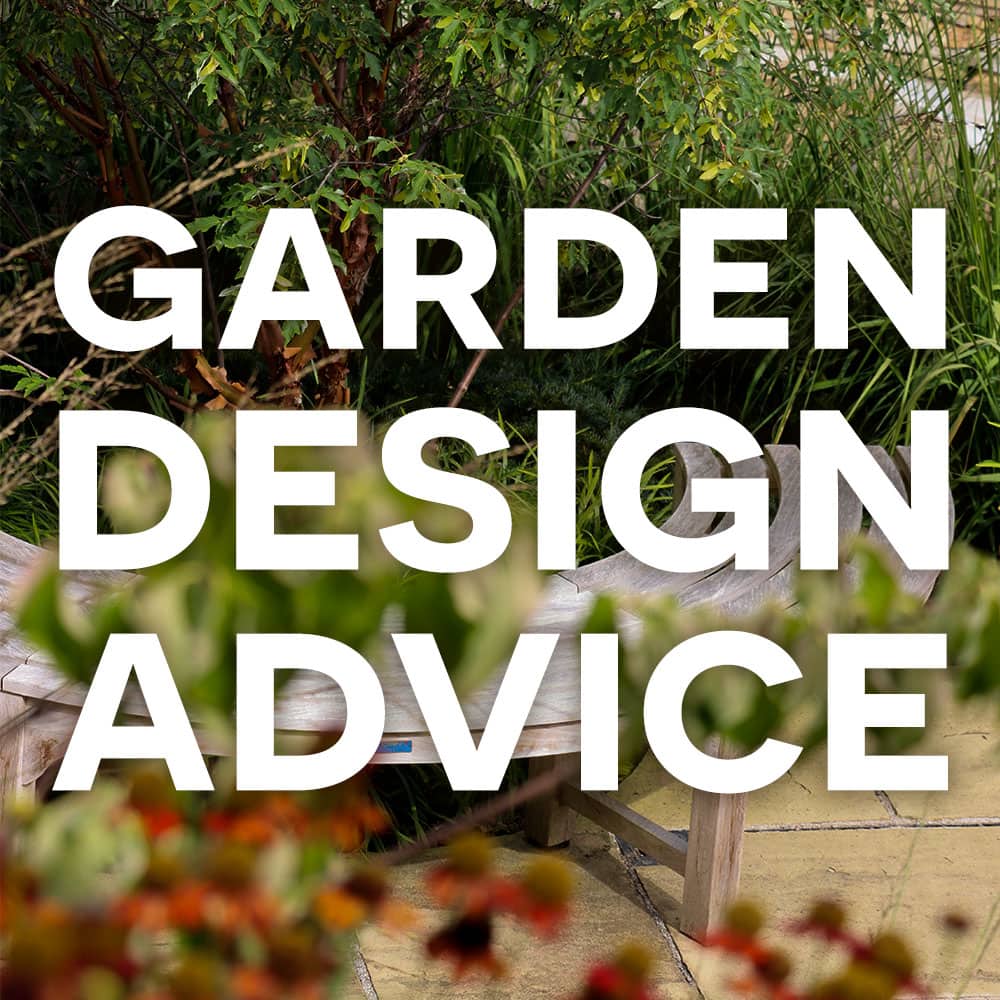How Can I Design a Low-Maintenance Garden?
Imagine stepping into a garden that always looks great, filled with lush greenery and colourful flowers, yet demands minimal effort to maintain. For many, this seems like a distant dream. However, designing a low-maintenance garden is not only possible but also highly rewarding. This guide aims to show you how to create a stunning garden that fits seamlessly into your busy lifestyle. By choosing the right plants and design elements, you can enjoy a beautiful garden without the constant upkeep.
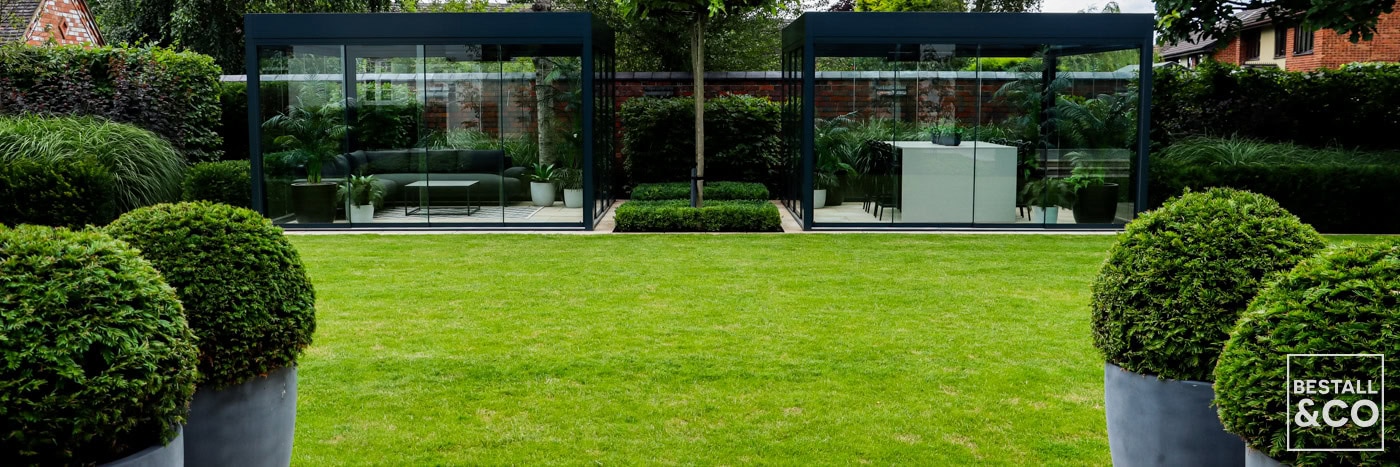
Why Design a Low-Maintenance Garden?
A low-maintenance garden offers several benefits, from saving time and effort to being environmentally friendly. With less need for watering, weeding, and pruning, you can enjoy your garden more and work less. Research indicates that low-maintenance gardens can significantly reduce stress and improve mental well-being by providing a peaceful retreat without adding to your to-do list. According to a study by the Royal Horticultural Society (RHS), well-designed low-maintenance gardens can also promote biodiversity and sustainability.
What Plants Are Best for a Low-Maintenance Garden?
Choosing the right plants is crucial for reducing garden maintenance.
– Perennials: Plants like lavender, sedum, and hostas return year after year, eliminating the need for replanting.
– Drought-Tolerant Plants: Species such as succulents and ornamental grasses require less water.
– Native Plants: Adapted to the local climate, they need less care. Examples include foxglove and English bluebells.
– Evergreens: Provide year-round interest with minimal pruning. Consider boxwood and juniper.
– Ground Covers: Plants like creeping thyme and vinca minor reduce the need for weeding.
How Do I Plan a Low-Maintenance Garden Layout?
Effective planning can drastically reduce the time and effort needed to maintain your garden.
– Group Plants by Water Needs: Place plants with similar water requirements together to simplify irrigation.
– Use Mulch: Helps retain moisture, suppress weeds, and improve soil quality.
– Incorporate Hardscaping: Paths, patios, and gravel areas reduce planting space and upkeep.
– Choose Simple Shapes: Opt for straightforward garden shapes and lines that are easier to maintain.
– Plant Densely: Reduces weed growth and creates a lush look with less effort.
What Are Some Low-Maintenance Garden Design Ideas?
Incorporating specific design elements can make your garden easier to care for.
– Raised Beds: Easier to manage, with better drainage and less bending required.
– Automated Irrigation: Drip systems or timed sprinklers ensure plants get water without daily attention.
– Self-Watering Planters: Ideal for patio areas and container gardens.
– Rock Gardens: Use rocks and pebbles to create visually appealing, low-maintenance areas.
– Edible Landscaping: Combine beauty with functionality by growing low-maintenance edible plants like herbs and berry bushes.
How Can I Reduce Garden Maintenance?
Implementing certain practices can help keep maintenance to a minimum.
– Regular Mulching: Refresh mulch annually to maintain its benefits.
– Prune Sparingly: Only prune plants as needed to maintain shape and health.
– Use Slow-Release Fertilizers: Provides nutrients over time without frequent application.
– Minimise Lawn Area: Lawns require significant upkeep. Replace with ground covers or hardscaping.
– Choose Low-Maintenance Varieties: Some plant varieties are bred for disease resistance and low care.
What Are the Benefits of a Low-Maintenance Garden?
Embracing this kind of garden brings numerous advantages.
– Time and Effort Saving: Less time spent on routine garden tasks.
– Environmental Benefits: Reduced water and chemical use.
– Cost-Effective: Lower ongoing costs for water, fertilisers, and replacements.
– Aesthetic Appeal: Well-chosen plants and design elements can create a beautiful garden with minimal effort.
– Well-Being: More time to relax and enjoy your garden, which can reduce stress and improve mental health.
A real-life example is the transformation of a traditional garden in Sheffield into a minimal maintenance oasis. The homeowners replaced a high-maintenance lawn with a mix of drought-tolerant plants like lavender and sedum, added gravel paths, and installed an automated drip irrigation system. This reduced their garden maintenance time by half and provided a more sustainable, visually appealing space.
What are your favourite tips for low-maintenance gardening? Share your experiences and suggestions in the comments below! For more inspiration, check out our article on the best plants for attracting bees (coming soon)
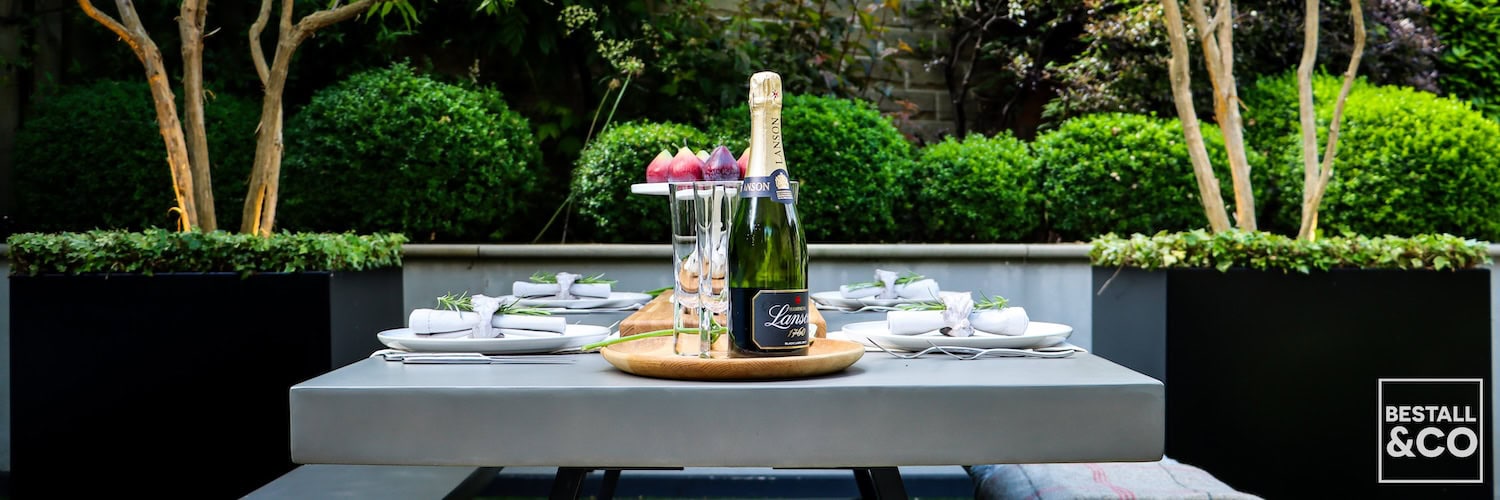
Summary of Key Takeaways
– Low-maintenance gardens save time and effort while offering aesthetic and environmental benefits.
– Choosing the right plants, such as perennials, drought-tolerant, and native species, is crucial.
– Effective garden layout planning and design elements like mulch, hardscaping, and raised beds reduce maintenance needs.
– Implementing sustainable practices further minimizes upkeep.
– The benefits of a low-maintenance garden include cost savings, reduced stress, and enhanced environmental health.
Creating an LM garden doesn’t mean compromising on beauty or biodiversity. With thoughtful planning and plant selection, you can enjoy a vibrant, thriving garden that fits your busy lifestyle. Embrace the ease and elegance of a garden and let your outdoor space flourish with minimal effort.
Ready to design your low-maintenance garden? Why not check out our Instagram page
Article created July 2024.
Lee Bestall
Founder & Design Director at Bestall & Co Landscape Design, a practice recognised as one of the best garden design companies in the North & Midlands of England. Lee's objective in life is to facilitate the design and build of fabulous gardens and sculpt beautiful landscapes which enhance the natural beauty of the world, as well as transforming the world his clients live in. "My personal mission is to design my own park or village based around a central courtyard garden. My goal in business is to create a nationwide design consultancy which can support my dream." Read more >> or Connect with Lee on LinkedIn >>

